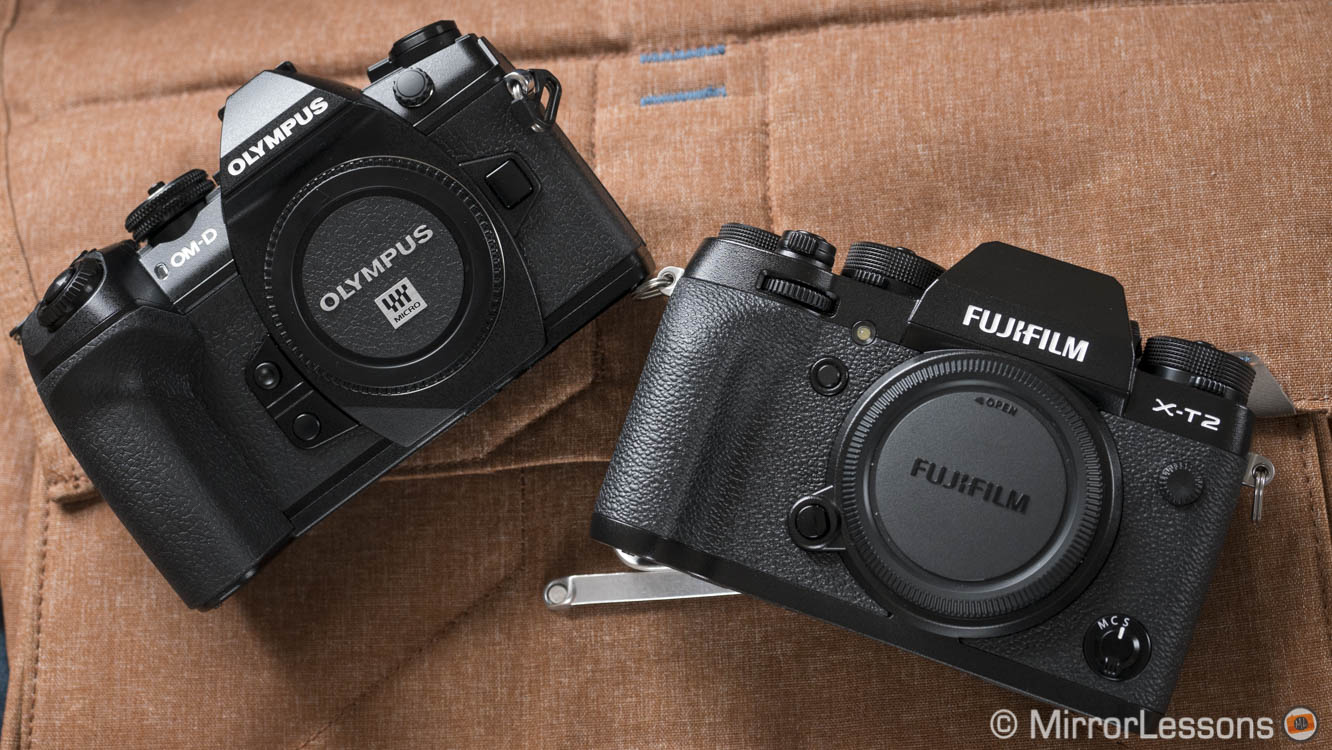DaveyB
Senior Member
I posted this in the M4/3s Forum, wanting to pick Trevor Carpenter's brains about his experiences with M4/3s bodies and the Pana/Leica 100-400 mm lens for birding and wondered if anyone else here had experience of both systems. Clearly there would be a significant cost involved in switching systems and I'm wondering whether the results would be worth it.
"Hi Trevor, just a quick couple of slightly rambling, questions, though I know there are no quick answers! I currently use a Nikon V2 and 70-300 cx lens (189-810 mm equivalent) for birding and have a particular love of BIF. I moved away from M4/3s because of frustrations with the AF in the early versions of the Panasonic G series cameras - after moving from a DSLR I couldn't get used to the level of hunting and the number of shots I missed through failure to grab focus. Now the V2 has solved that problem - the AF is lightning quick and reliable - but the sensor is very much the limiting factor, once you get over ISO 400 (800 at a stretch). As far as the Nikon lens and the Panny 100-400 are concerned, the Nikon (from reading lens tests) is slightly sharper wide open and at full zoom and is also slightly faster. If I knew Nikon were going to put the Sony 1" sensor in a new "Nikon V4" I wouldn't hesitate to stay with and further invest in the Nikon 1 system but this is seeming increasingly unlikely.
So, I'm pondering whether now is the time to move back to M4/3s. I couldn't justify stretching to a G5 or the new Oly flagship camera but the Pany bodies you use and the 100-400 would just about be possible if I sold my Nikon gear. Could I ask how you've found the bodies you use, in combination with the 100-400, as far as AF and use at full zoom are concerned? Clearly, you are producing some brilliant results - even allowing for the quality of the light in Costa Rica - but how was the experience of getting those shots?
"Hi Trevor, just a quick couple of slightly rambling, questions, though I know there are no quick answers! I currently use a Nikon V2 and 70-300 cx lens (189-810 mm equivalent) for birding and have a particular love of BIF. I moved away from M4/3s because of frustrations with the AF in the early versions of the Panasonic G series cameras - after moving from a DSLR I couldn't get used to the level of hunting and the number of shots I missed through failure to grab focus. Now the V2 has solved that problem - the AF is lightning quick and reliable - but the sensor is very much the limiting factor, once you get over ISO 400 (800 at a stretch). As far as the Nikon lens and the Panny 100-400 are concerned, the Nikon (from reading lens tests) is slightly sharper wide open and at full zoom and is also slightly faster. If I knew Nikon were going to put the Sony 1" sensor in a new "Nikon V4" I wouldn't hesitate to stay with and further invest in the Nikon 1 system but this is seeming increasingly unlikely.
So, I'm pondering whether now is the time to move back to M4/3s. I couldn't justify stretching to a G5 or the new Oly flagship camera but the Pany bodies you use and the 100-400 would just about be possible if I sold my Nikon gear. Could I ask how you've found the bodies you use, in combination with the 100-400, as far as AF and use at full zoom are concerned? Clearly, you are producing some brilliant results - even allowing for the quality of the light in Costa Rica - but how was the experience of getting those shots?

